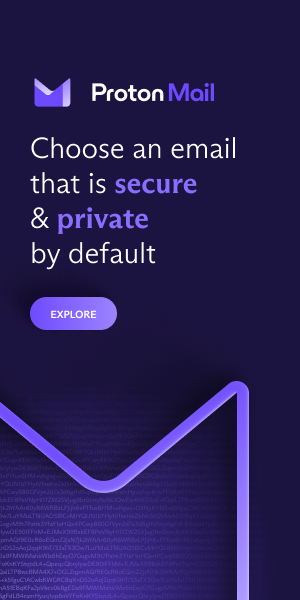The emergence of Web3 promises to redefine how we interact with the internet by introducing a decentralized model that shifts power from centralized entities back to individual users. This transformation is not just a technological evolution but a fundamental change in how digital ecosystems operate, empowering users with greater control over their data and online experiences.
The Shift to Decentralized Networks
Centralized platforms have dominated the internet landscape for years, controlling vast amounts of personal data and dictating how information flows. Web3 introduces a new paradigm where blockchain technology enables decentralized networks, creating a more open and user-centric web environment. This shift is akin to moving from a single-story house to a skyscraper with countless floors, each representing unique opportunities and innovations waiting to be explored.
Empowering Users with Ownership
One of Web3’s most significant promises is user ownership. In traditional web models, data is collected and monetized by companies without direct benefits to the individual. Web3 flips this model by giving users ownership of their data and digital assets through secure blockchain-based systems. A practical example is artists leveraging non-fungible tokens (NFTs) to monetize their creations directly without intermediaries, ensuring fair compensation for their work.
Real-World Applications of Web3
Web3 applications are already making an impact across various sectors. For instance, decentralized finance (DeFi) is transforming the financial industry by providing inclusive access to financial services without relying on traditional banks. This shift empowers individuals in underserved regions by offering them tools to participate in global markets. Similarly, decentralized autonomous organizations (DAOs) are reshaping the governance structures of companies by enabling members to have a direct say in decision-making processes.
Challenges and Future Prospects
Despite its potential, Web3 faces challenges such as scalability, security concerns, and regulatory uncertainties. Addressing these issues requires collaboration among developers, policymakers, and industry leaders to ensure a seamless transition from Web2 to Web3. As highlighted in a recent Wired article, the path forward involves balancing innovation with responsibility, ensuring that the benefits of decentralization do not come at the expense of security or privacy.
Looking Ahead: The Promise of Web3
The future of Web3 holds immense potential for reshaping digital interactions. As more people embrace this new internet model, opportunities for innovation will expand exponentially across various industries from entertainment to healthcare. The success of Web3 will ultimately hinge on its ability to deliver on its promise of user empowerment while maintaining robust security measures.
How do you envision the future of your digital interactions evolving in a Web3 world? Share your thoughts and join the conversation!





